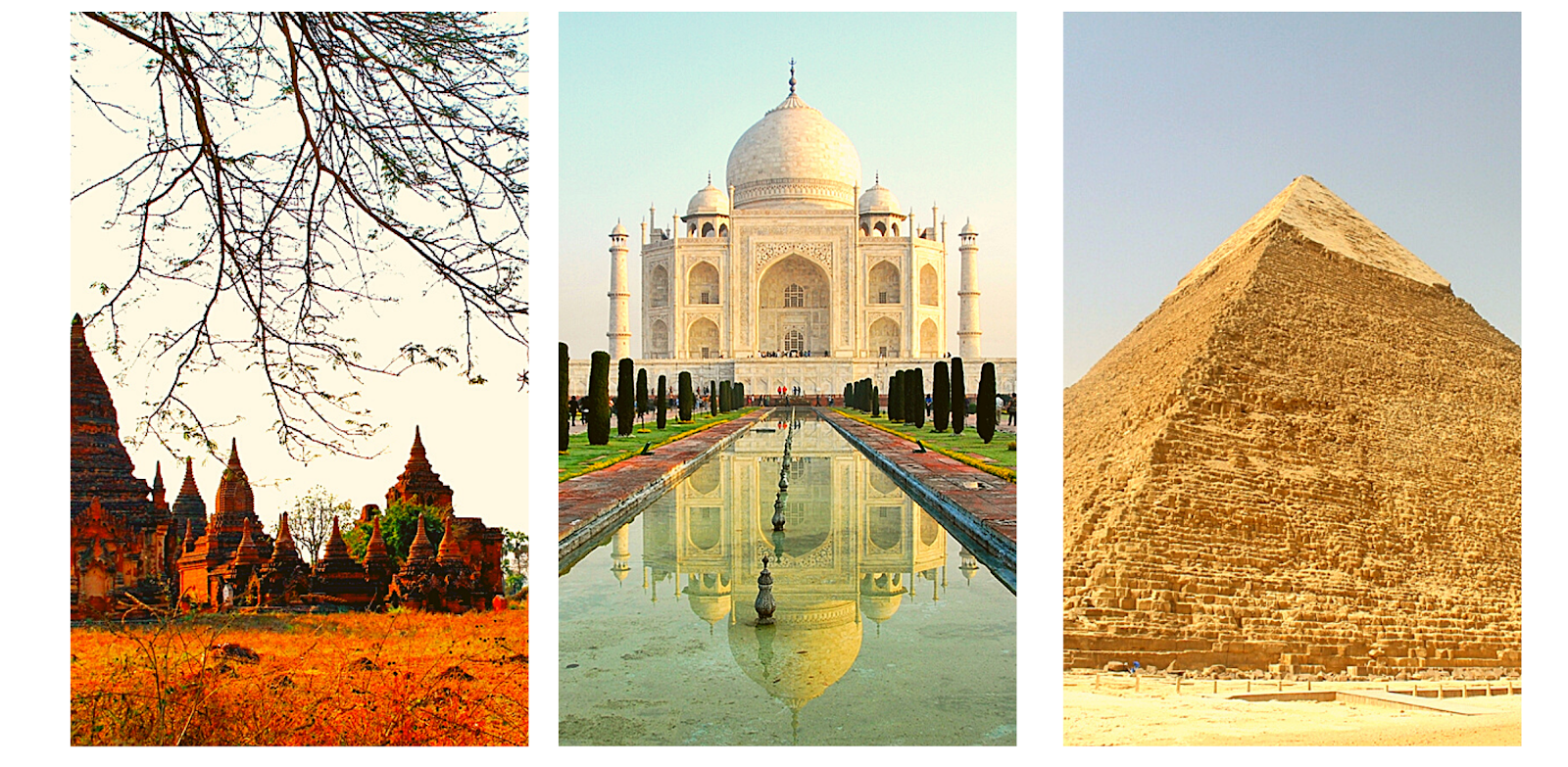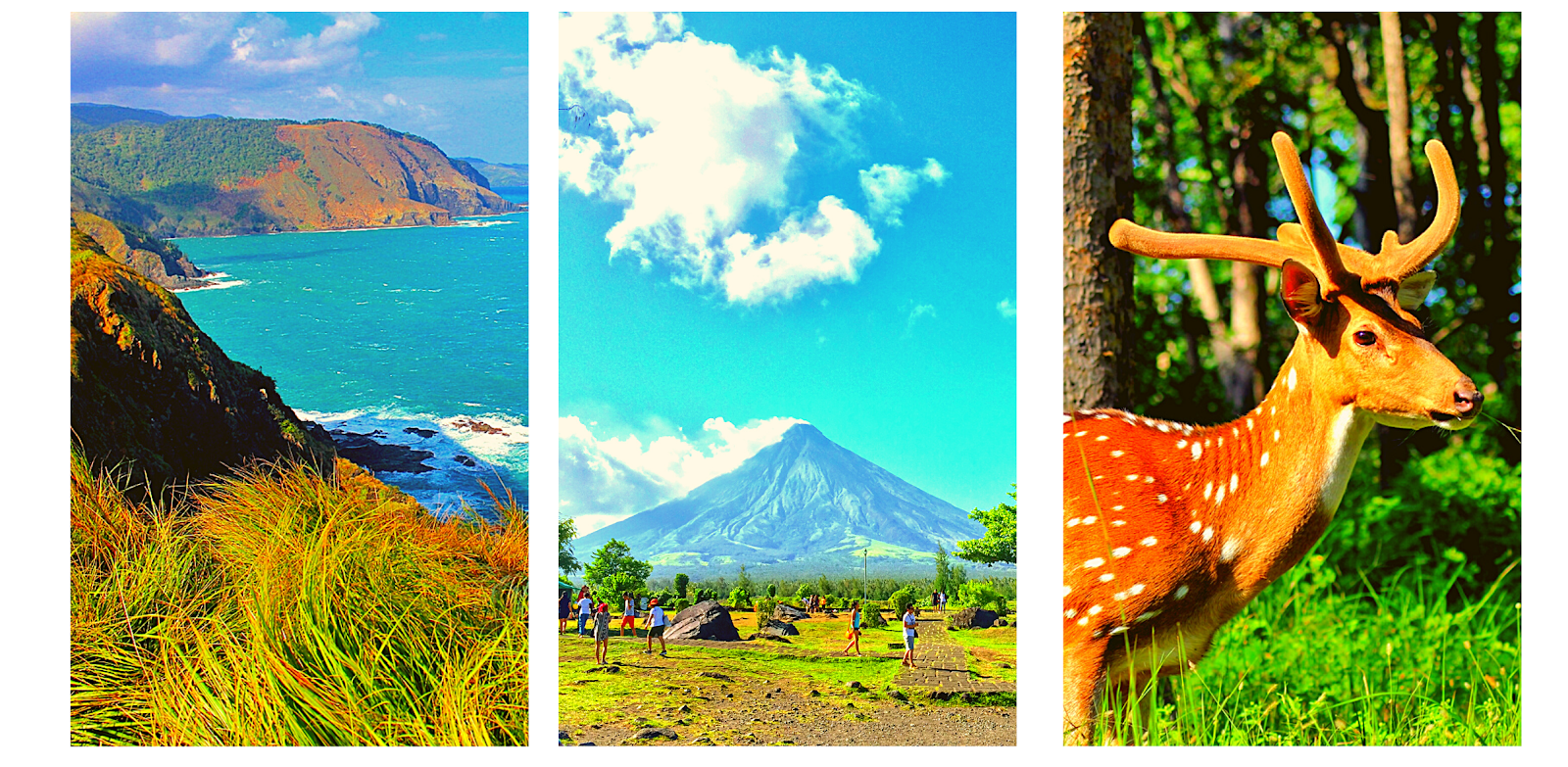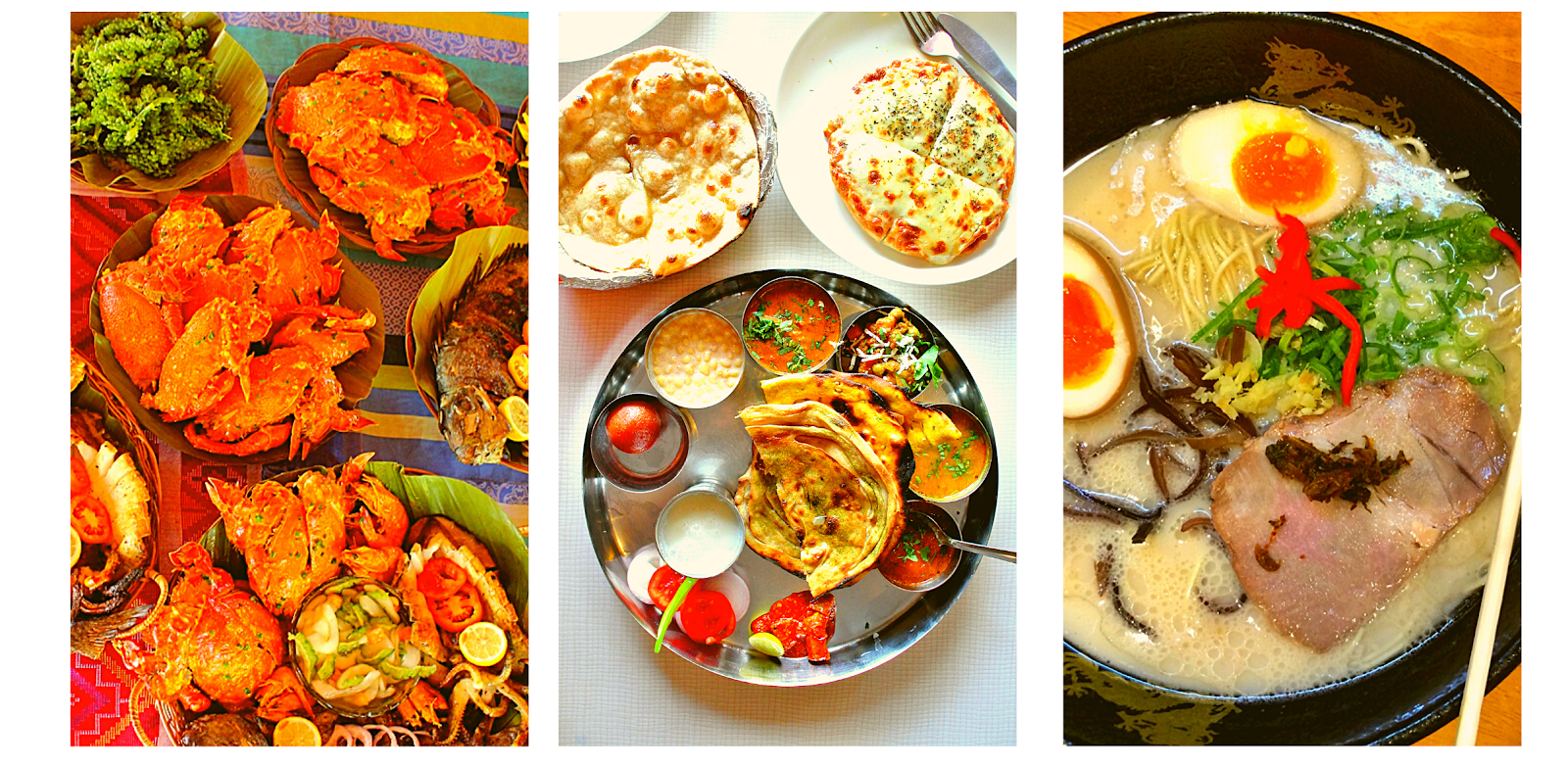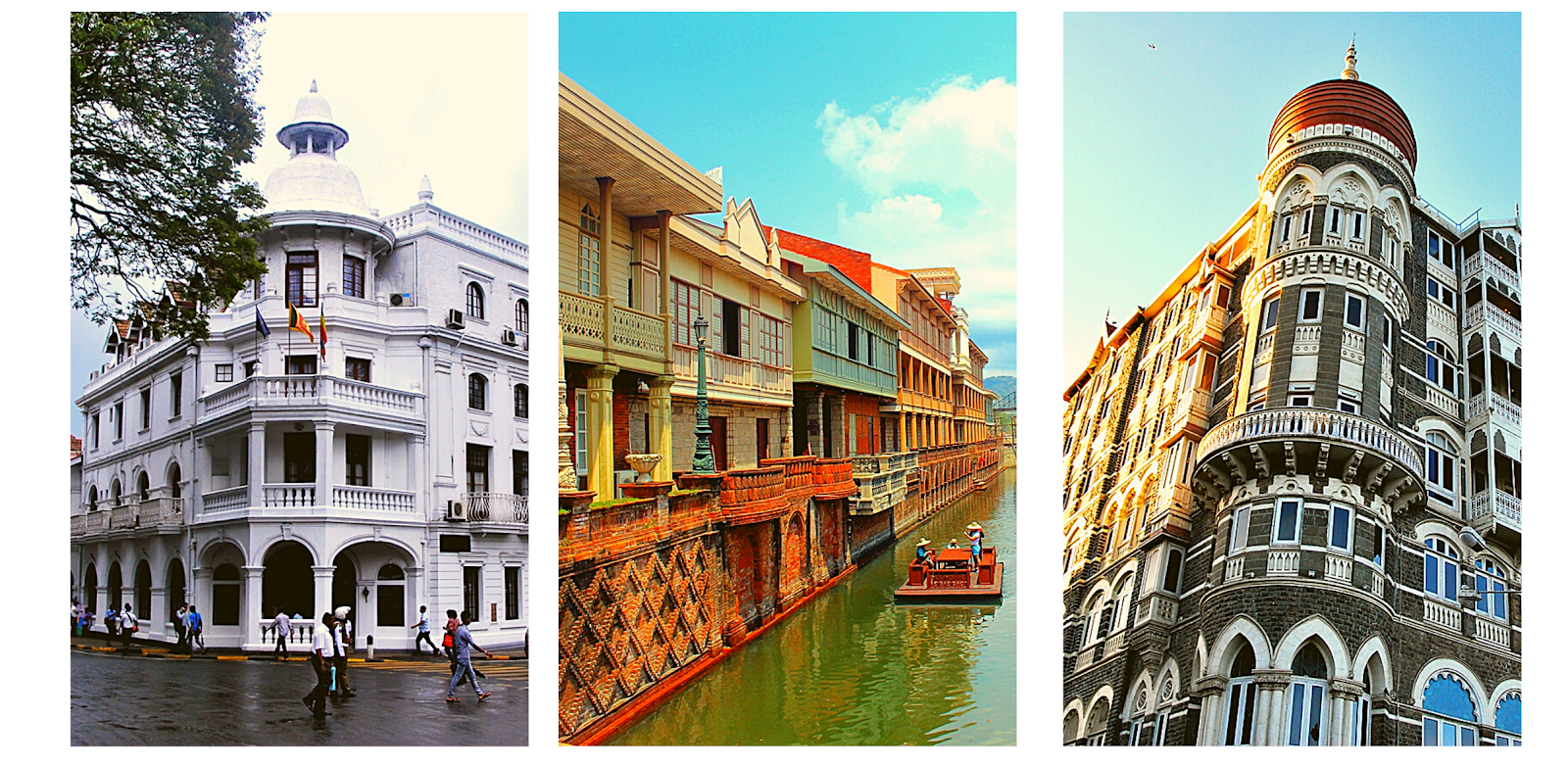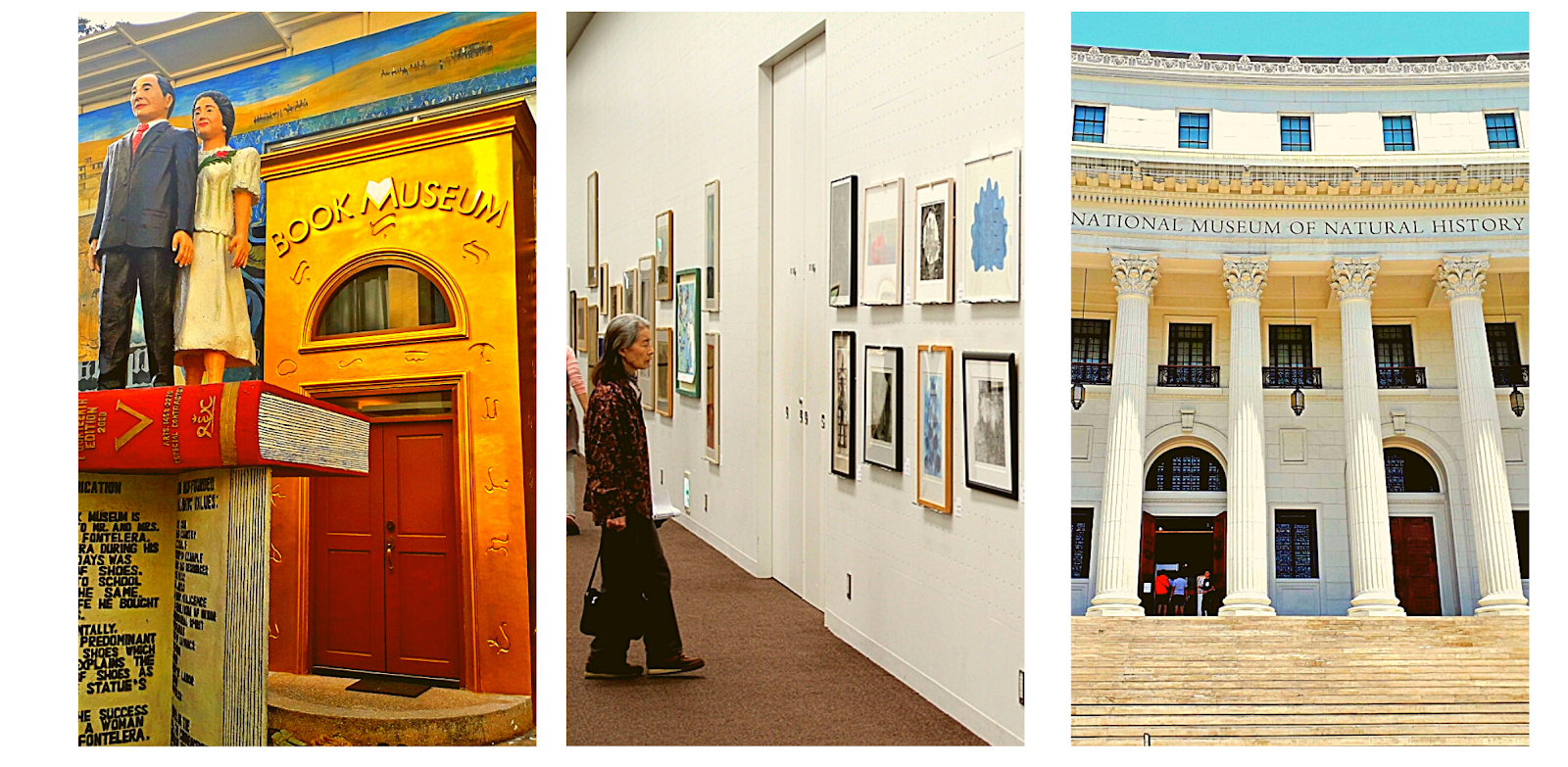‘OH, deer,” I muttered to
myself as I sensed how these lovely creatures seem to almost outnumber us
two-legged humans, who are all trying to corner them into taking selfies in the
park that day. An estimated 1,200 sika
deer romp the grounds of Nara Park every day in paramount freedom enjoying an
almost rock-star status, brought about by their historical designation as
messenger of the Gods for many centuries. According to a story handed down from
more than a thousand years ago, Takemikazuchi, a Shinto God from Kasuga Shrine,
descended from his world and appeared at Mount Mikasa riding a white deer. In
the aftermath of World War II, the deer’s ‘divine’ distinction was replaced by
a ‘national treasure’ designation, to ensure their protection while at the same
time, tapering down their religious significance.
'Feeding one of the many Deer with deer cracker
|
Holding a pack of ‘deer
crackers’ seem to signal an invitation for them to approach me. Typifying the
polite nature of this country, the deer appear to imitate the bowing-like
gesture widely practiced by the Japanese people. Mere seconds into opening the
pack, a trio of deer had already bent their heads beside my hips before raising
it to expose their wide open mouths – in a final plea for me to feed them the
crackers.
The Culturally and Historically-Rich Grounds of Nara
As the lawn covered
gardens of Nara Park lead us to narrow pathways surrounded by bamboo and pine
trees, we tramped and come across a number of UNESCO World Heritage Sites
clustered together inside this historic grounds. A total of eight landmarks
encompasses the Historic Monuments of Ancient Nara – most are within walking
distance of each other.
Japanese students on a field trip mingles with the deer
|
As the morning dew mist
over the grass, I smell the fresh leaves from the high rising trees. Rambling
gingerly under the canopy of swaying greens, I realized how the current season
is a month away from the onset of the autumn. I looked around at the teeming
garden around me and wondered at the changes of the colors the impending fall
season will bring. Walking further, we passed by a group of park buskers
performing a catchy Japanese song that has a few onlookers banging their heads
sideways and swinging their hips.
'the big bronze statue of Buddha inside Todai-ji
Temple'
|
I stood and listened long
enough to feel my head pounding up and down in slow unison to the song’s
melody. Situated at the foot of Mount Wakakusa and established in the early
1300s, Nara Park is one of the oldest parks in Japan. Designated as one of the
“Places of Scenic Beauty” by the country’s Ministry of Education, Culture,
Sports, Science and Technology, a day’s meander over a large part of its 660
hectare property, provides you a combination of visual and historical incursion
deep into the rich and fascinating culture of Japan.
Kōfuku-ji
Kofuku-ji Temple and the Five Story Pagoda
|
Kasuga-taisha
At the doorsteps of this
Shinto Shrine I briefly chatted with an English speaking Japanese man traveling
with his family. I accidentally stepped on his foot and when I apologized, he
asked me where I’m from. “I am living in the states but I do come home with my
family as much as we can” he told me. “You enjoying your trip here so far?” he
asked me. I said “Very much”.
Exchanging “What’s up” with this lone deer
|
“We have fascinating
culture, even myself who is pure Japanese I am still amazed. What more for you
from the Philippines?” I nodded in agreement and before I could expound at my
own marveling at their rich culture, he excused himself to buy tickets to enter
the shrine.
Built in 768 by the
powerful regent Fujiwara family, it is highlighted by the many bronze lanterns
that surrounds the path leading to the main shrine. While I sat at the one of
the corridors and let myself get lost in my thoughts, a lone deer approached me
as if trying to relay a message. Being a mile away from being superstitious, I
found myself wanting to believe how the deer sensed that something was
bothering my mind that moment.
After it sniffed my hands,
I figured the female deer was just on a lookout for more crackers. I remember
being clouded with uncertainties that morning, but as we walked towards another
UNESCO World Heritage Site; the Kasugayama Primeval Forest, a burst of Zen-shot
through my mind and in an instant, I just let the environment carry my
consciousness and off it went with the flow of our surroundings. It seems like,
the beautiful mesh-up of modernity and the olden past that still flourishes in
Nara Park worked wonders into clearing my mind that day.
Walking towards the Kasugayama Primeval Forest
|
Tōdai-ji
Once a part of the Seven
Great Temples of Nara, this Buddhist Temple appear to be the biggest in Nara
Park. Housed inside is the world’s biggest bronze statue of the Buddha, the
Daibutsu or otherwise known as Vairocana. The vast grounds fronting the main
temple are dotted with smaller shrines, belfries, towering gates and a lush
garden that surrounds a snaking lake where glass-like waters remains tranquil
still.
'Todai-Ji Temple'
|
Inside the temple, I
noticed a thick wooden post that has a hole near the bottom. I saw a line of
visitors trying to crawl up through the tiny passageway that could barely fit a
medium built body. I overheard an English speaking guide telling her guests
that “anyone who passes through it shall be enlightened up until their
succeeding life”. I thought about lining up and entering the hole myself but
decided against it at the last minute.
Enlightenment Achieved
|
Immersing at the
Overwhelming History and Culture of Nara Park I always associate my traveling
to freeing my mind of a bordered mentality. Discovering and learning new philosophies,
while on the road has become a life-long journey for myself. A big part of it
stems from educating myself of the worlds’ many culture, religion and history.
Just by stringing my way from end to end of Nara Park’s significant grounds, I
felt like I have covered a lot of grounds into attaining a decent amount of new
knowledge.
Heijo Palace
|
As our legs starts to show
signs of weariness, we persevered with more long walks at casual pace – while
ogling at the passing sights and festivity occurring at the park. A couple of
train rides afforded us to cover additional places included in the historic
monuments list of Nara. Other than ticking off these places, the experience
left me with more than a visual banquet.
Seeing with my own set of
eyes, these old and sacred structures that stood almost similar to the
originals that sprung up many centuries ago, elevates my continuing cultural
discovery of the country of Japan into greater heights.
************
This article appeared on the Lifestyle
pages of the October 23, 2016 print issue of Business Mirror.
How to Get to Nara
Nara is an hour away from Osaka by train. Travelers can avail of a single ticket day pass for trains and buses to explore Historic Monuments of Ancient Nara for a day or two.
Cebu Pacific, the largest
airline in the Philippines, flies between Manila and Osaka five times weekly,
with lowest year-round fares starting from PHP 6,399. Cebu Pacific also
flies from Manila to Tokyo (Narita), Nagoya and Fukuoka, as well as from Cebu
to Tokyo (Narita). Book its trademark lowest fares now through http://bit.ly/CEBOsakaflights or (+632)7020888, or follow its Facebook or Twitter pages
for the latest seat sales.


